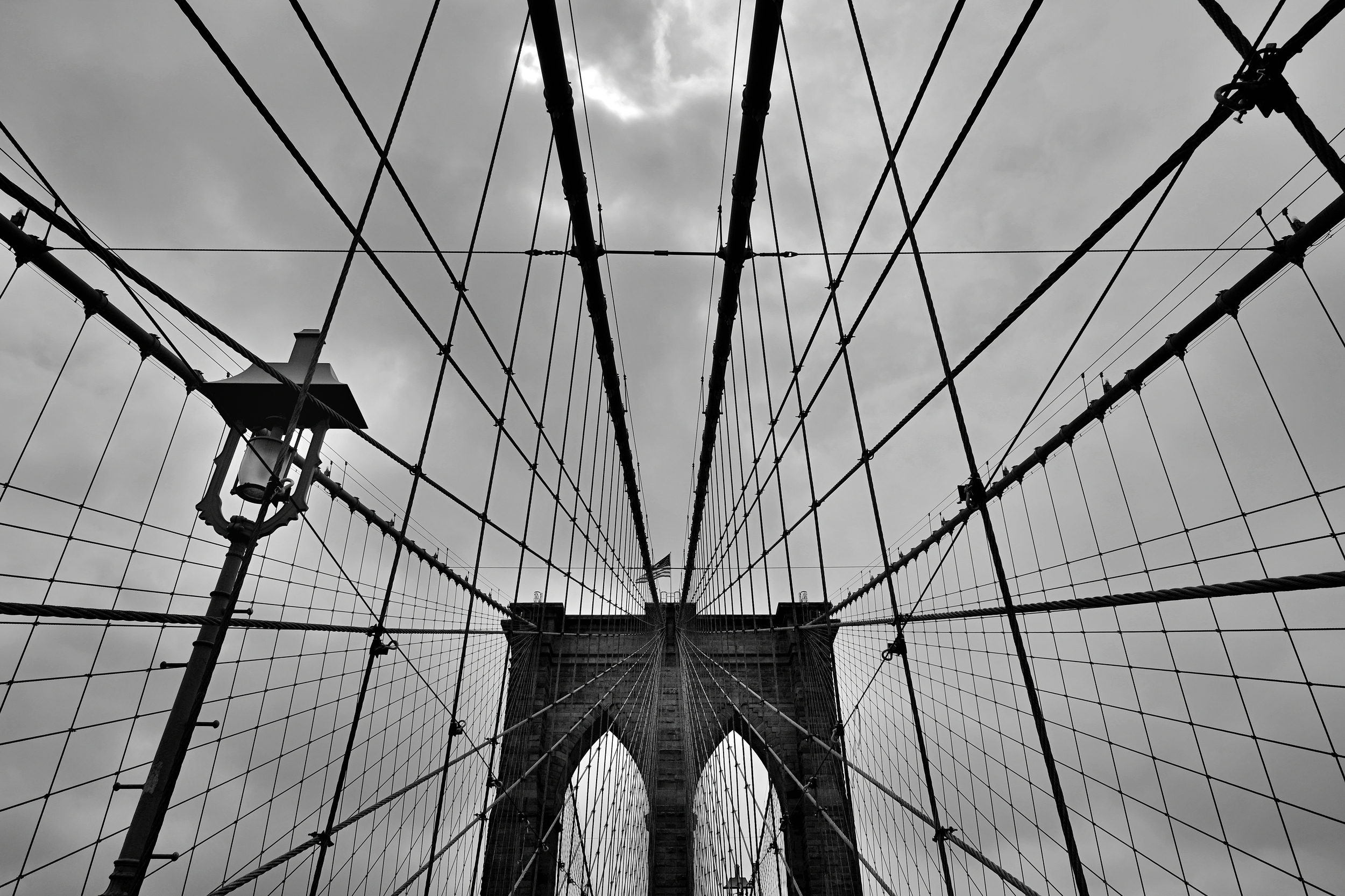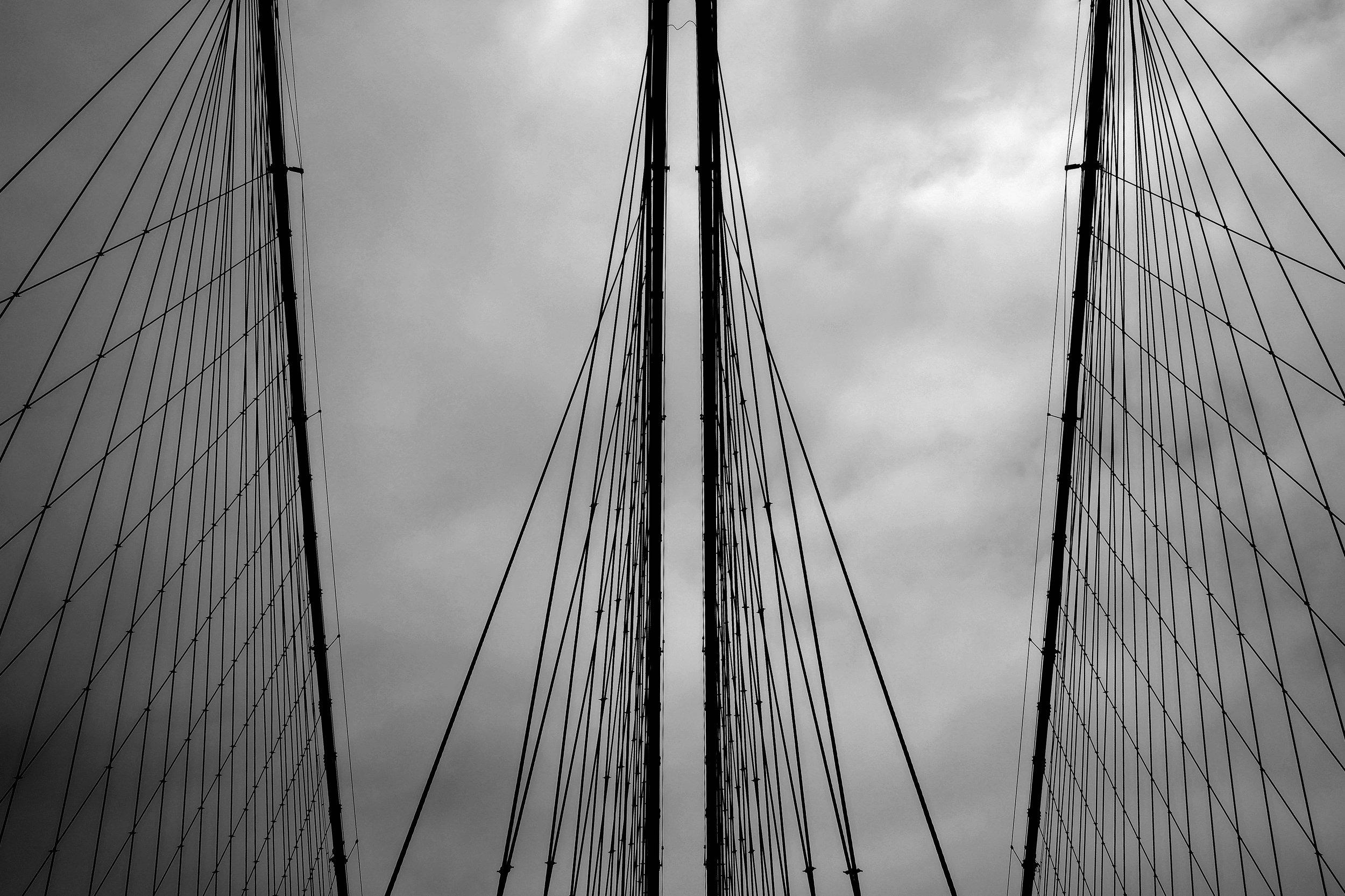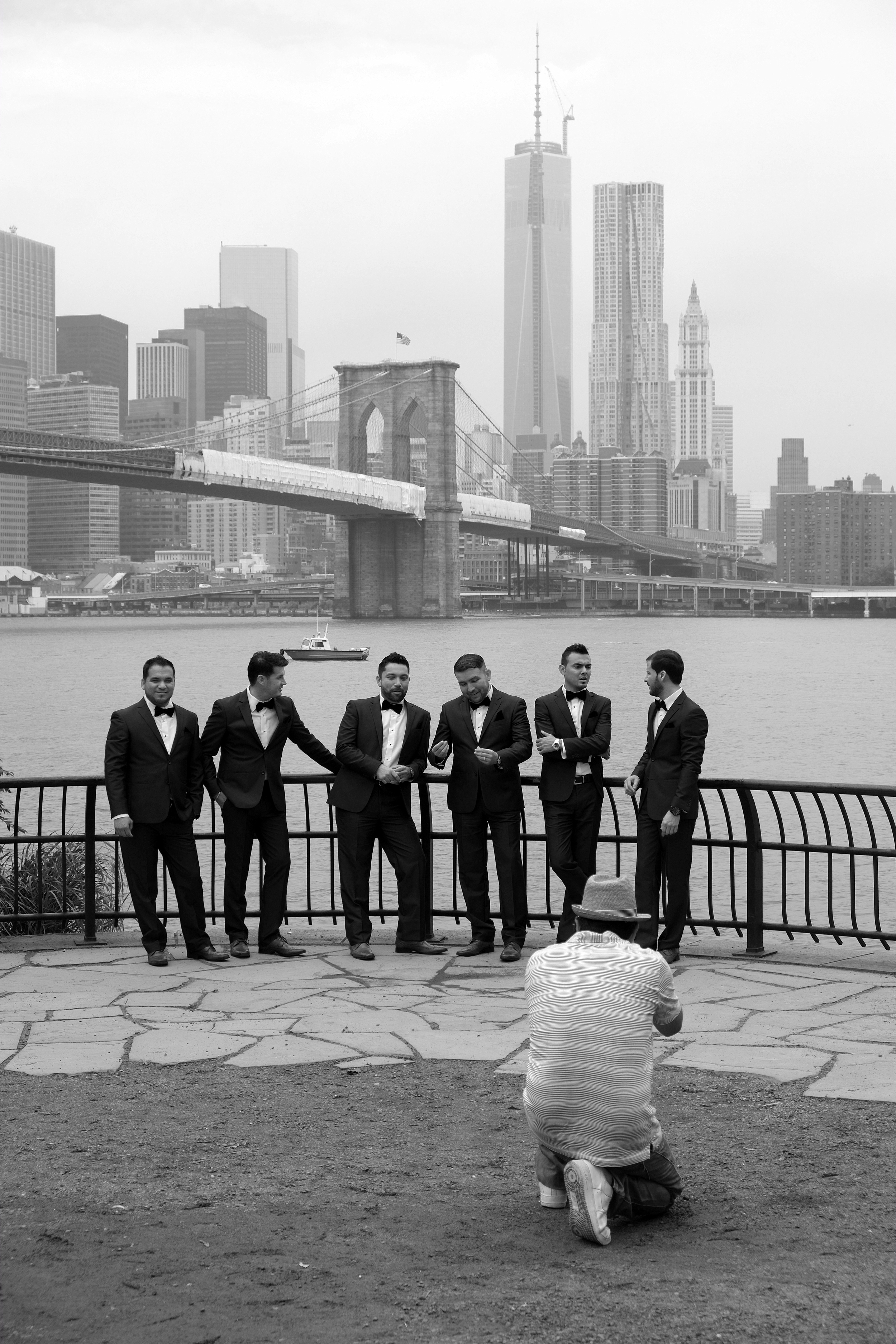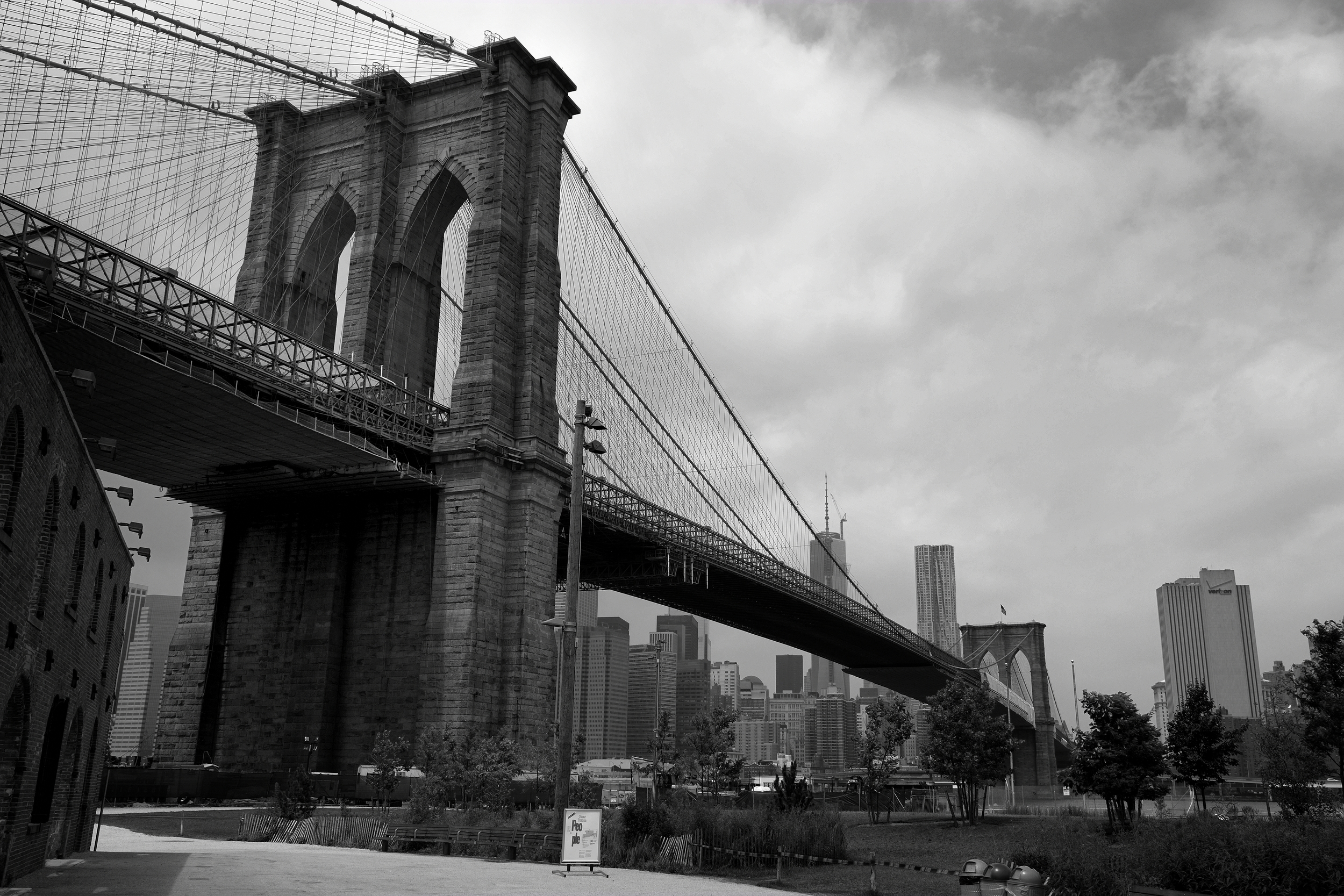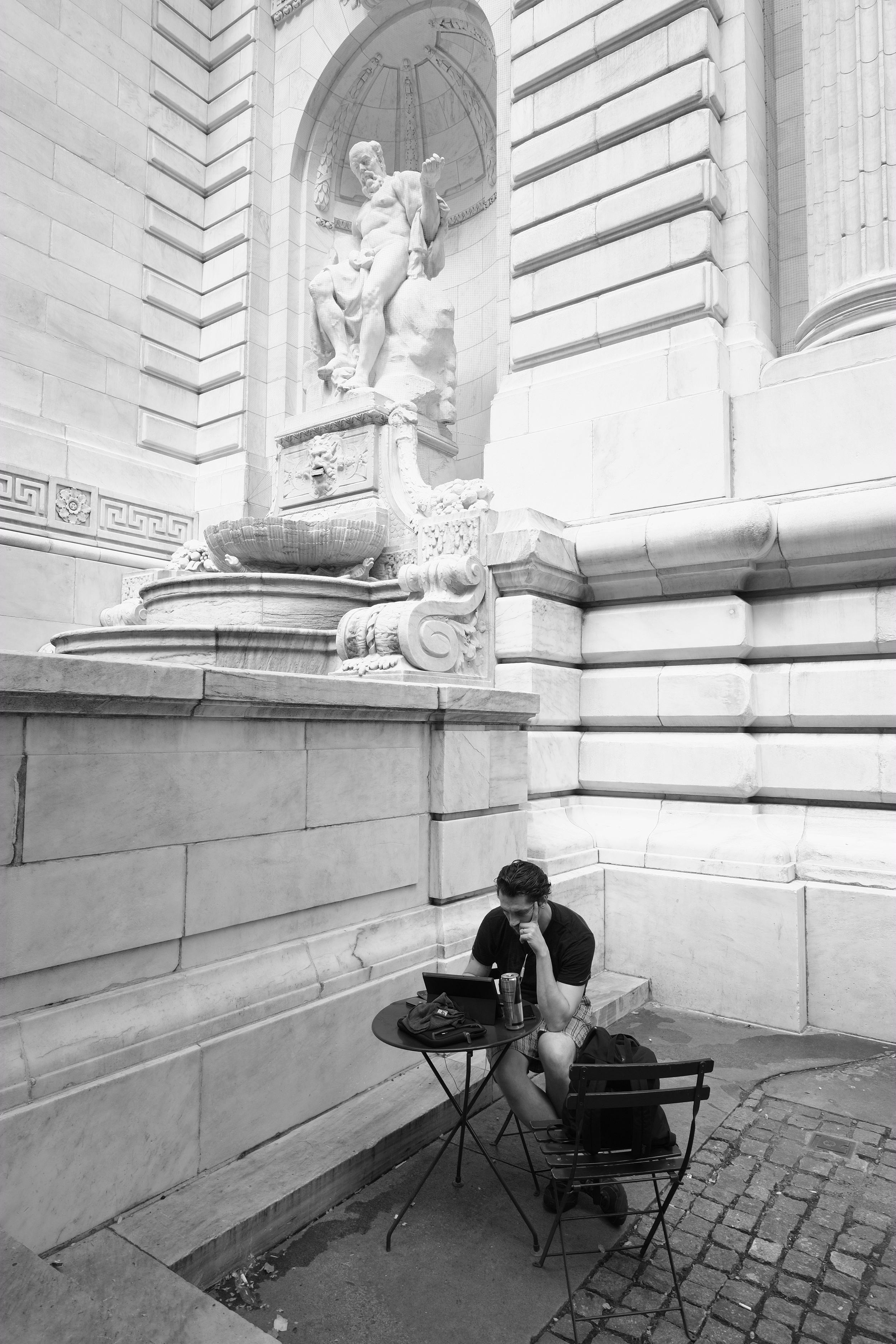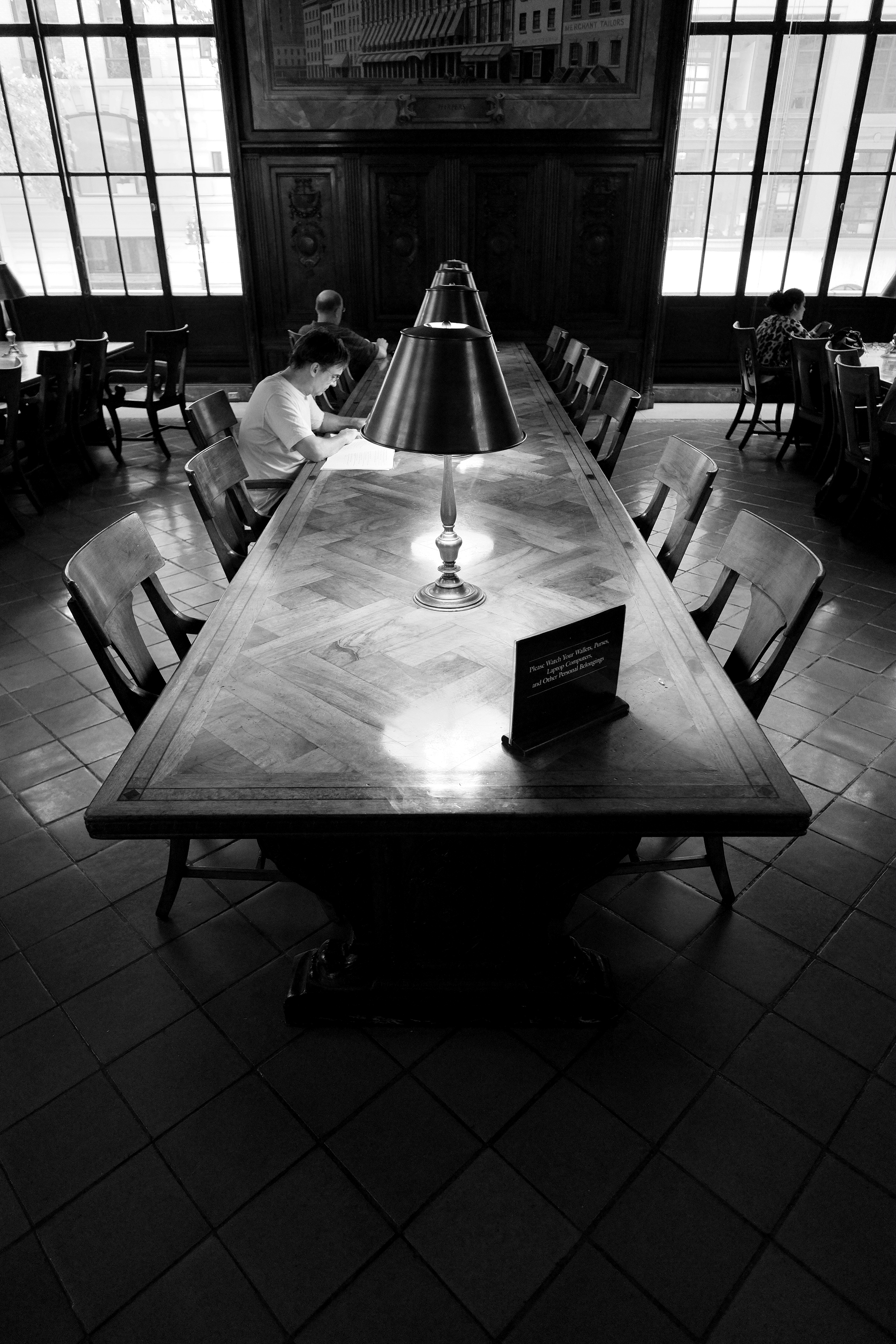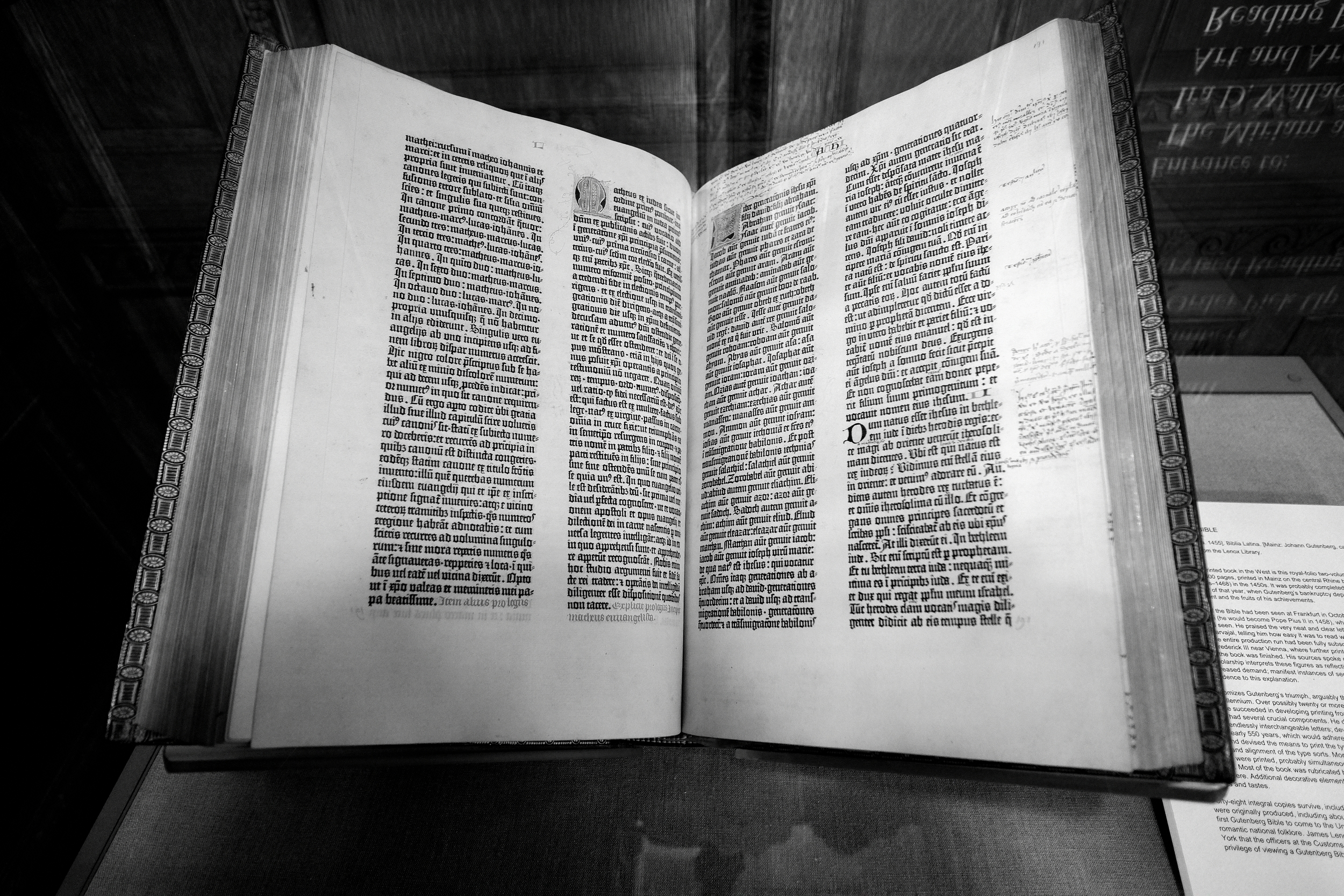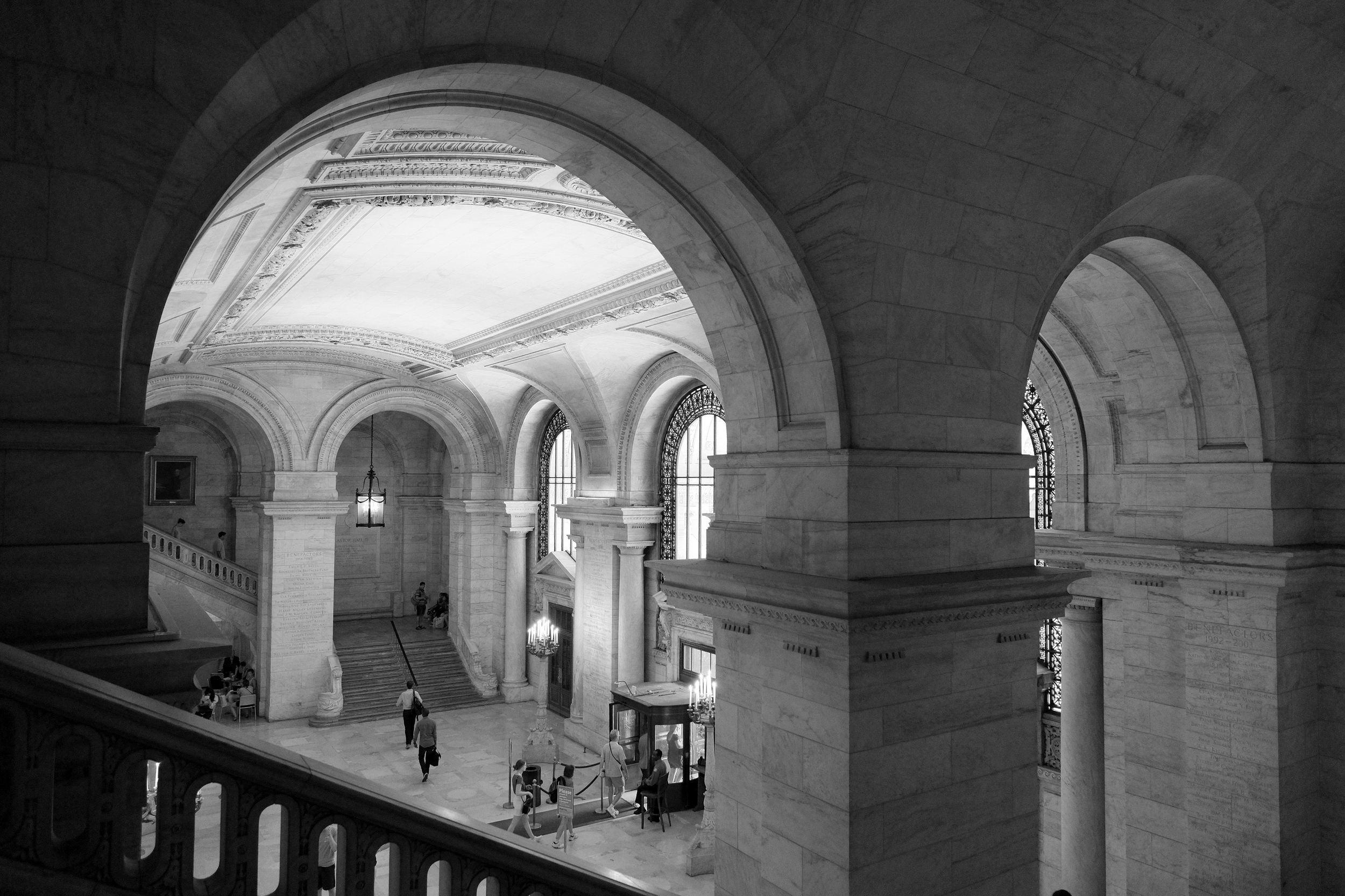Like many of the world’s great art galleries, NYC’s Metropolitan Museum of Art has such a massive collection that it is impossible to do it justice in a single visit. And then there are the temporary exhibitions and the fact that the public collection is spread across three locations Manhattan locations …
During our early January 2018 trip, we had the opportunity to take in “Michelangelo: Divine Draftsman and Designer,” sculptures by Rodin, a David Hockney retrospective a survey entitled “Delirious: Art at the Limits of Reason, 1950–1980,” and a curation of items from The Met’s permanent collection called “Reimagining Modernism: 1900–1950.”
The Michelangelo exhibit was impressive not only for the sheer scope of the art works and periods covered, but also for the amount of technical detail on how he went about conceptualizing and creating. As was (and is, I suppose) common with other major artistic figures with a prolific output, Michelangelo (1475–1564) became most active as a draftsman and designer overseeing the work of craftsmen who made his ideas a reality. He was the CEO of a design shop and factory. I have known for a long time that this was the case, but to see the evidence up close—annotations to workers, evidence of the use of tools and drawings to create templates that could be used over and over—was fascinating.
Many of Rodin’s (1840–1917) best-known sculptures were on display—Le Penseur attracted a lot of attention in a crowded hallway—but what was most interesting to me was the opportunity to see how he evolved as a draftsman over the course of his career. And the rough-hewn bases of his statues made me wonder whether his creations were emerging from the stone or sinking into it.
Le Penseur, Auguste Rodin
The David Hockney retrospective spanned the years between 1960 and the present day, with many works on display. It was a rich exhibit as much in quantity as in the quality of the colours of a consistent palette that Hockney has favoured throughout his career. The canvases are lush and pastel, and seem to illustrate an idealized world that is close to, but just beyond this one. Throughout, you can sense an almost sub-tropical warmth in the paintings, whether in Californian swimming pools (where you’d expect it) or in Yorkshire landscapes (where you wouldn’t!). Hockney’s persistent vision of the attractive world he inhabits artistically colours even his portrayal of his homeland.
“Delirious: Art at the Limits of Reason, 1950–1980” starts with the question, “Can postwar art be understood as an exercise in calculated insanity?” The exhibit looks at irrationality in art following WWII in so many categories that is doubtful that the works of the 60+ artists would have been displayed together before now. The principal idea is that each of the artists represented responded to a modern world that seemed to them absurd and lacking in coherent meaning. “Delirious” is reactive rather than proactive—it is a response or witness to absurdity (or an accusation?) but none of the selected artists offers a prescription to a confused and hurt world. The works on display span 30 years in the previous century, but are we any better able to make sense of the world we live in today, apart from totalizing narratives of power and commercialism?
According to The Met’s write-up, the curated display of modernist works we saw “reinterprets and presents afresh the Metropolitan’s holdings of modernist paintings, sculpture, design, photography, and works on paper.” The pieces were arranged according to seven themes—Avant-Garde, Direct Expression, Abstraction, Bodies, Work and Industry, the Metropolis, and Retreat—and I found the grouping helpful in putting together an interpretive frame. The museum is proud of how much “vistas and sight lines owe to the building of new walls and the reconfiguration of existing walls, which inject new life into these spaces” and I agree with this completely. More than once, I rounded a corner only to be stopped in my tracks by the power of art works arrayed beautifully—it was a kind of visual treat. It made me think of the power that museum and gallery curators have: to show a work in a flattering or unfavourable light and to influence the viewer’s interpretation of a piece by controlling the context around it.
Constantin Brancusi, Bird in Space, in front of Pablo Picasso’s Nude Standing by the Sea and Burgoyne Diller’s Second Theme
Of all the shows we visited in the gallery, “Reimagining Modernism” engaged me the most and I am not sure what to make of that. Perhaps I am responding to a romanticised idea of the modernist period, or perhaps it is the combination of bold, coherent ideas, beauty and function coupled with confidence in progress—a narrative that we now know can lead just as easily to advancement for humanity as it can to totalitarianism.
Coffee Service 1934, by Helen Hughes Delany (1885–1968), stainless steel and bakelite.








